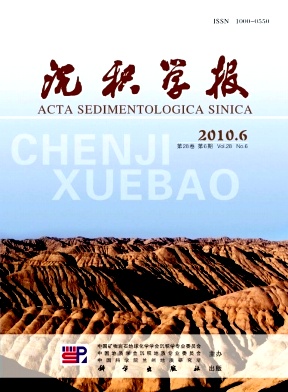Geochemical Records and Geological Significance of the Continental Shelf Sediments in the Northern South China Sea Since 4400 a
- Received Date: 1900-01-01
- Rev Recd Date: 1900-01-01
- Publish Date: 2010-12-10
-
Key words:
- continental shelf /
- South China Sea /
- sediment provenance /
- Asian monsoon
Abstract: Lithology, AMS14C dating, grainsize, major and trace element analysis were carried out for Core S20, which was retrieved from the continental shelf in the northern South China Sea (SCS). Sediment provenance and evolution history of Asian monsoon were discussed in this paper. Since 4400 a BP, the lithology of Core S20 is homogenous, the hydrodynamic conditions in the study area is relatively stable. The silicate material in the source area experienced significant weathering processes. ACNK plot and low CIA (chemical index of alteration) value indicated a lower degree of chemical weathering. The river in the eastern Hainan Island and Pearl River is the two most likely sources of the study area. Because of inadequate research on the former, this study could not quantitatively estimate their possible contributions. The variations of CIA, Al2O3/Na2O, CaO*/TiO2 and Na2O/TiO2 value mainly reflect the degree of weathering of the source area. Gradually weakened weathering between 4 400~1 600 a BP and strengthened from 1600 a BP to nowadays well corresponded to the absolutedated oxygen isotope record from Dongge stalagmite, southern China, indicating that the core sediments in the study area containing a wealth of information on the evolution of Asian monsoon. The degree of chemical weathering of sediments in the northern SCS is mainly controlled by the variation of orbitallyinduced Northern Hemisphere summer insolation. More research work with high resolution is necessary for extracting information on sediment provenance and monsoon evolution in the Northern SCS shelf.
| Citation: | XU Fangjian. Geochemical Records and Geological Significance of the Continental Shelf Sediments in the Northern South China Sea Since 4400 a[J]. Acta Sedimentologica Sinica, 2010, 28(6): 1198-1205. |






 DownLoad:
DownLoad: